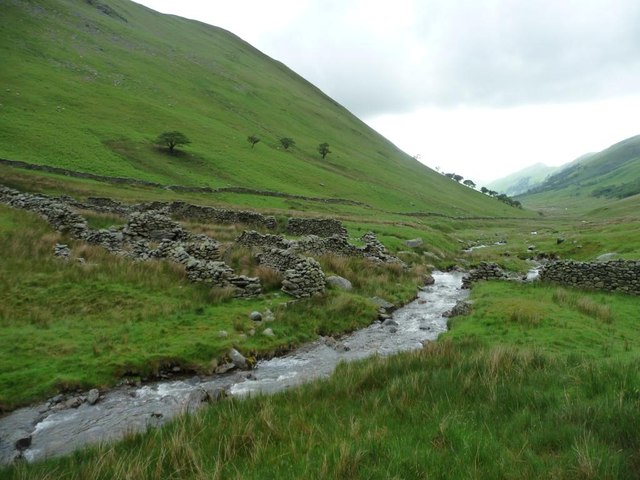In Tom Stoppard’s wonderful play about A. E. Housman, The Invention of Love, the elderly poet learns about a group of male lovers of men who have decided to call themselves “homosexuals.” Hearing this, Housman, though a homosexual himself, reacts angrily: the new word is half Greek (homos, “same”) and half Latin (sexualis). He is offended by this barbaric commingling of two ancient tongues.
One might think of Housman as the prototype of classically educated . . . precisionists? pedants? snobs? Whatever they’re called, these are the people who, remembering their Greek and Latin, chastise you for saying “the hoi polloi” (strictly speaking, the definite article is unnecessary, since hoi in Greek means “the”) or for using “decimate” in the sense “destroy on a large scale,” rather than in the original Latin sense “to select by lot one in ten and kill that person.” Classical purists would also say that “dilapidated,” from Latin dis “apart” and lapidare “to throw stones,” should only be applied to falling-down structures made of stone, rather than some other material.
It’s obvious that finicky corrections like this are pointless. Meanings grow and change over time, and language goes on its way, regardless of what classicists say. Still, I have just enough sympathy with the classical point of view to want to think of situations where a word like “dilapidated” might be applied in its correct original meaning. Consider Robert Frost’s poem “Mending Wall,” that famous meditation on a New England wall between farms. Its boulders are displaced by frost heaves or by hunters forcing their way through it, and so it has to be repaired every spring. It is, precisely, dilapidated, until the farmers on both sides of it walk along its length and, working together, lapidate it again (“Good fences make good neighbors”).
Another poet well acquainted with country stoniness and the labors of men is Wordsworth. His poem “Michael,” a verse narrative composed in the autumn of 1800, opens in guidebook style with a direction to walkers (“turn your steps / Up the tumultuous brook of Greenhead Gill”). Even today these directions can be followed; I have followed them. The poem leads you high up in the hills to a “straggling heap of unhewn stones,” a ruined sheepfold. I have seen it, or at least imagined that what I was seeing was the heap “Michael” describes.

The poem gives the story of the sheepfold. It was started by the elderly shepherd Michael as a project to be completed with his son. The son left for London and fell into dissolute ways. Michael tried to carry on, going up to the fold, but lost heart:
‘tis believed by all
That many and many a day he thither went,
And never lifted up a single stone.
“Dilapidated” would be exactly right for the sheepfold, but Wordsworth does not employ it. Nor does his sister Dorothy, in the diary where she recorded the actual walk and the actual structure on which the poet based “Michael.” Perhaps the word is too Latinate or too generalizing for them, too fancy. After all, they see the thing itself so plainly, its pathos, its connection to lost human lives, its unforgettable shape on a Lake District hillside: a sheepfold “built nearly in the form of a heart unequally divided.”